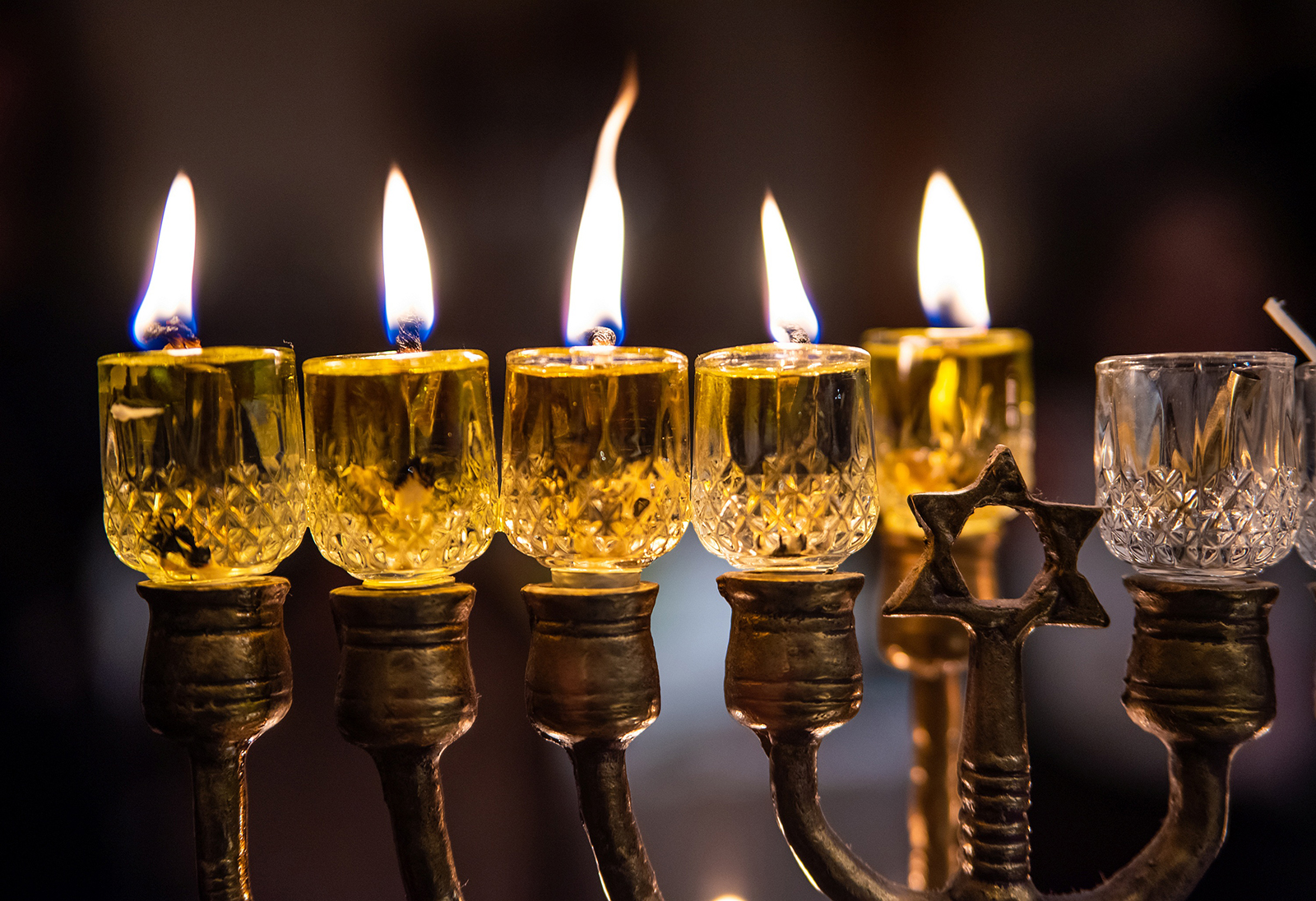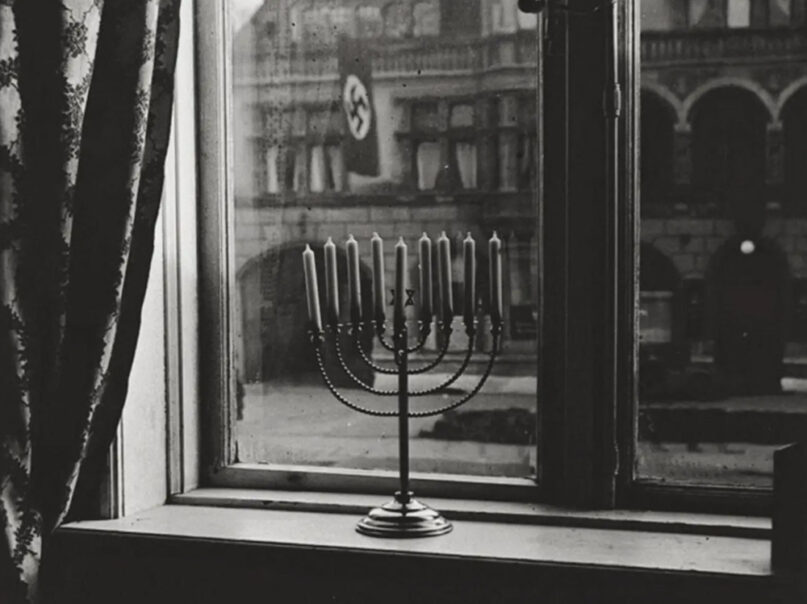(RNS) — Should you say kaddish for Henry Kissinger?
This past weekend, one of my colleagues confronted that dilemma. He was leading Shabbat evening services in his synagogue, and he asked if there were other names that people would want to add to the list of those who had died, for whom the congregation would say kaddish.
A woman stood up and said: “Yes. Henry Kissinger.”
My friend was not happy.
Yes, Heinz (er, uh, Henry) Kissinger lived a long life, and he left behind a very ambiguous legacy.
Born in Germany in 1923; fleeing with his family to America after the Nazis took power; settling in Washington Heights in upper Manhattan, a neighborhood so German-Jewish it was sometimes nicknamed “the fourth reich” — Kissinger was the first Jew to serve as U.S. secretary of state. He was the architect of much of America’s foreign policy over the past half-century. He was brilliant, cunning and, as many would say, problematic.
My favorite story about Henry Kissinger appears in a scene in the current movie “Golda.” Israeli Prime Minister Golda Meir is imploring Kissinger to secure American aid during the 1973 Yom Kippur War.
Kissinger says: “Golda, you must remember that first, I am an American; second, I am secretary of state; and third, I am a Jew.”
To which Golda responded: “Henry, you forget that in Israel we read from right to left.”
That encounter goes straight to my gut, especially now, during Israel’s war with Hamas, and in the midst of the subsequent pandemic of Jew-hatred.
It is about which part of our selves takes precedence. It is about being out there and being present and saying hineini — “Here I am” — as a Jew.
Years ago, I was with a good friend, a noted American Jewish literary figure, having coffee in a faculty lounge at Yale. He asked me about my congregation, and even before I could respond, he asked me to do so in a quiet voice.
“You have to keep the ‘Jewish stuff’ quiet here, Jeff. Because, well (and his own voice dropped to a whisper): Israel.”
Even then, more than 20 years ago, he perceived there was danger in being public as an affirmative Jew.
No, not physical danger, but the danger of ostracism.
Which brings me to one of the most important Talmudic texts about the observance of Hanukkah.
Our Rabbis taught:
It is a mitzvah to place the Hanukkah lamp by the door of one’s house on the outside;
if one dwells in an upper chamber, one places it at the window nearest the street.
But in times of danger, it is sufficient to place it on the table. (Talmud, Shabbat 21b)
According to this text, you must place your hanukkiyah — your Hanukkah menorah — in a place where people can see it.
But what if you live in a time of danger?
You put it on the table in your home, so it is not visible from the street.
Today, American Jews are asking themselves a question that has almost no American historical precedent.
Are we now living in a time when it is dangerous to be visibly Jewish?
Some people think that the danger is upon us. There are reports of Jewish college kids who are being less public about their Jewish identity than they once were; kids taking off their kippot, or hiding their Stars of David. Some Jews are changing their names on Uber to less identifiably Jewish names.
This year on Hanukkah, what should Jews do?

Candles are lit on a menorah during Hanukkah. (Photo by Evgeni Tcherkasski/Pixabay/Creative Commons)
Put your Hanukkah menorah in your window. Display your candles. Be visible with your lights. Be public about your Judaism and about your Jewishness, even and especially if it had previously not been your habit or custom to do so.
This is a time for Jewish pride, and visibility, and asserting our identity.
And, to quote that old Levy’s rye bread commercial: You don’t have to be Jewish to put a Hanukkah menorah in your window.
Project Menorah is an organized act of solidarity with the Jewish people. It calls upon non-Jews to stand with Jews against the rising scourge of Jew-hatred — by putting Hanukkah menorahs in their windows, along with their other seasonal decorations.
Take a photograph of your Hanukkah menorah, post it on social media, with these tags: #onlyloveliveshere and #projectmenorah.
Are you afraid, or nervous, or reticent about doing so?
Don’t be.
A story from recent American history.
Some years ago, the Jews of Billings, Montana, faced antisemitic threats. Here is what happened:
It all started with a story that helped provide a model for how to stop hate groups. When a brick was thrown through the window of a 6 year old Jewish boy who had displayed a menorah for Hanukkah, it was a signal that violence in Billings Montana was escalating.
Local churches, human rights and labor organizations, businesses and the local newspaper urged residents to place menorahs in their windows as a sign of solidarity. At first, there were attacks against some of those churches. But people persevered and that holiday season, 10,000 people put menorahs in their windows to show they would stand together against hate and bigotry.
Here is photographer Frederic Brenner’s image of their response:

(Photo by Frederic Brenner)
If they can do it, we can do it.
But is it safe to put your hanukkiyah in your window?
“Safety” is a relative term.
Back in the early 1930s, the Posner family lived in Kiel, Germany. Rabbi Akiva Posner was the rabbi of the community.
The Posner family lived across the street from a building that was adorned with a huge Nazi flag.
And so, as an act of visible defiance, the Posner family placed their Hanukkah menorah directly in the window — which, according to the Talmud, is precisely the place where it ideally should go.
Except, they could have put it inside, safely, on a table.
But they did not.
On the back of the photograph, the rabbi’s wife, Rachel Posner, wrote these words:
Chanukah 5692 (1932)
“Death to Judah”
So the flag says
“Judah will live forever”
So the light answers.
Last year on Hanukkah, according to a New York Times story:
90 years since her family fled Germany with the menorah, it has returned, along with her descendants, to be lit for the first time in the country since the family escaped.
“It was a complicated decision, to come here. I had mixed feelings about going to Germany,” said Nava Gilo, Ms. Posner’s granddaughter.
She and her brother brought the menorah with them from Israel, where the family has made a home since fleeing Germany in 1933, before the country was established. They had never been to Germany and said they never had a desire to go to the place where their relatives had been persecuted or had died in the Holocaust…
For most of the year, the menorah is exhibited at the Yad Vashem museum in Jerusalem. The family donated it on the condition that it could reclaim the heirloom every Hanukkah.
Its visit to Germany this year, organized by the German Friends of Yad Vashem, began with a trip to Kiel and ended on Monday, the second night of Hanukkah, with the lighting of the menorah on a windowsill at Berlin’s grand Bellevue Palace, the official residence of the German president.
I urge all of my gentile readers and friends: Get a Hanukkah menorah. Light it. Put it in your window.
Stand with your Jewish friends, neighbors, colleagues and relatives.
We need you. Especially now.






